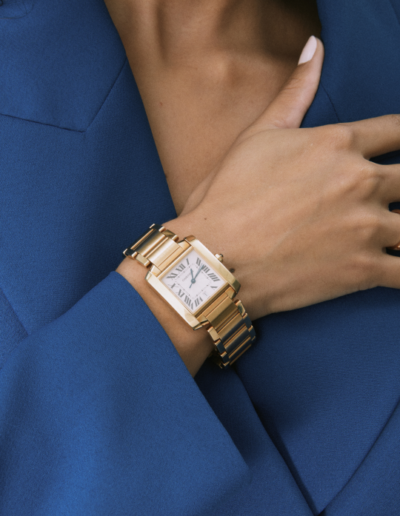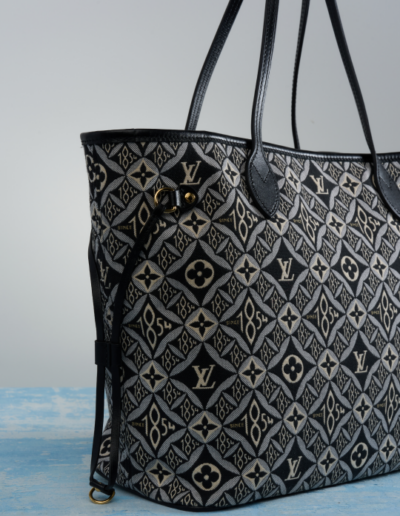DESIGNER 101
Rolex 101:
The Daytona
By The Rebag Watch Team, Jan 13, 2021
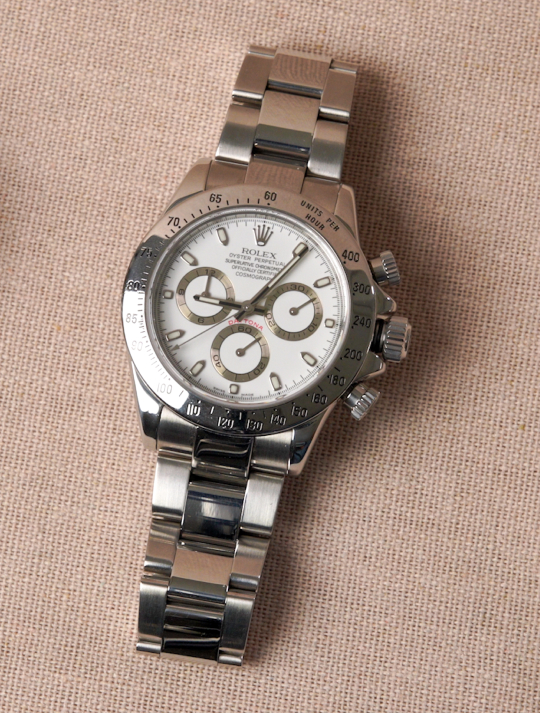
Let’s discuss the history of one of Rolex’s most desirable
and iconic models: the Rolex Oyster Perpetual Cosmograph Daytona, more commonly known as the one and only Rolex Daytona. Dive in as we review this modern-day, classic timepiece that is fit for the garage, the boardroom, and everywhere in-between.
The History of the Rolex Daytona
While the races at Daytona Beach, Florida may have started in 1938, the Rolex Daytona timepiece story begins later in 1963, with the introduction of the first Rolex Cosmograph chronograph model (Reference 6239). Back then, it was known as the “Le Mans,” named after the grueling 24-hour race held yearly in Le Mans, France. The Rolex Le Mans featured something which the previous Rolex chronograph, Reference 6238, did not: a tachometer scale engraved into the outer bezel. The easy-to-read tachometer bezel allowed the wearer to measure speed over a known distance accurately. For example, by starting the chronograph when a vehicle enters a measured mile, and stopping the chronograph once the vehicle has reached the end of that metric, you can calculate how fast it was moving. So, if a car is moving at 60 miles per hour, the chronograph will show an elapsed time of 60 seconds throughout the measured mile. Ultimately, the addition of the tachometer scale to the outer bezel made the Rolex Le Mans chronograph the perfect racing watch.
The name “Le Mans” was used until 1965 when Rolex rebranded the watch the “Daytona,” however, all was not set in stone quite yet. In the early years that followed, Rolex produced several references of the Daytona. The name Daytona would appear in red on some dials and be absent from others. These early models constitute some of the most iconic and sought-after Rolex watches.
Perhaps the most famous of these is the highly collectible “Paul Newman” Daytona. To be considered a Paul Newman Daytona Rolex, the watch must be housed in a case with a reference number of either 6239, 6241, 6262, 6263, 6264, or 6265, with a plexiglass crystal, and a manual winding Valjoux 727 or a Valjoux 722 movement; it must also feature a Daytona “exotic” dial, originally installed by Rolex during the watch’s manufacturing. The “exotic” dial bears the following hallmarks: a contrasting color dial with a matching outer minute track that matches the subdials located at 3, 6, and 9 o’clock. The subdials have a “crosshairs” design that divides the subdials into quarters, “block” markers instead of lines, and the running seconds subdial at 9 o’clock is also divided into quarters by the numbers 60, 15, 30, and 45.
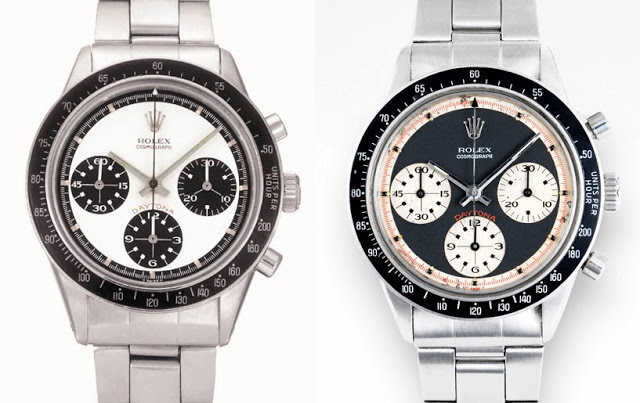
Exotic dials side by side. Source unknown
In 2017, a Rolex Daytona reference 6239, owned by Paul Newman himself, sold at auction for $17,752,500.00, which at the time it was the highest price ever paid for a watch at auction.
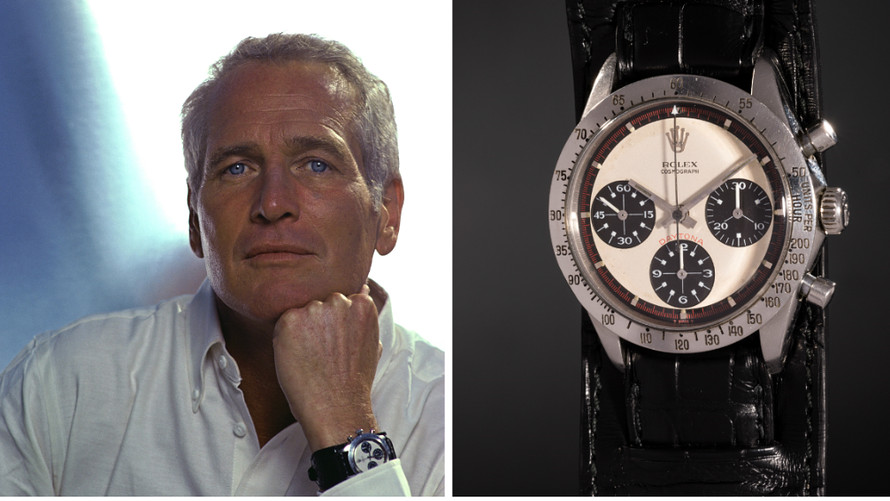
Paul Newman & his Daytona. Courtesy of MarketWatch
In the mid-1980s, Rolex introduced Reference 6269 and 6270. These watches featured gold cases and diamond-set dials and bezels. Ref 6269 featured Baguettesset into the bezel, and a diamond pave dial, while ref 6270 featured round brilliant cut diamonds set into the bezel along with a diamond pave bezel.
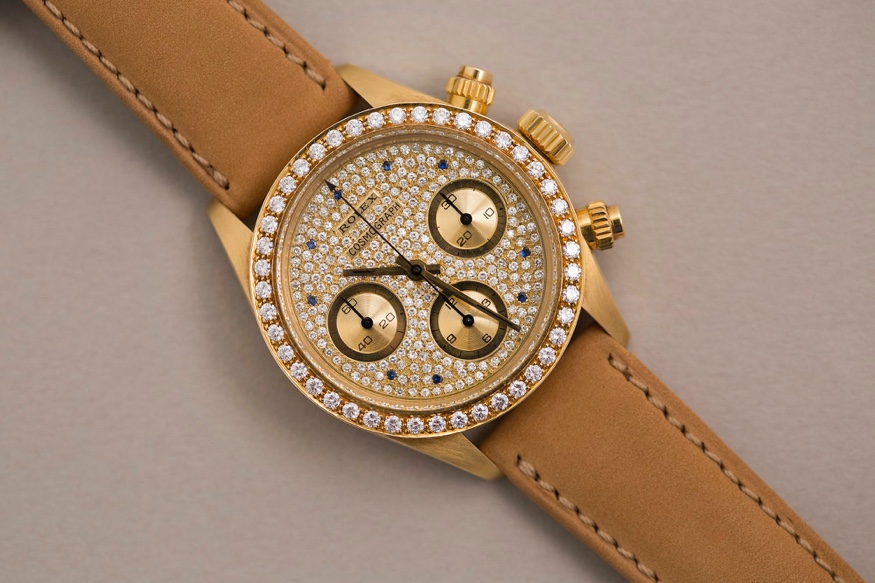
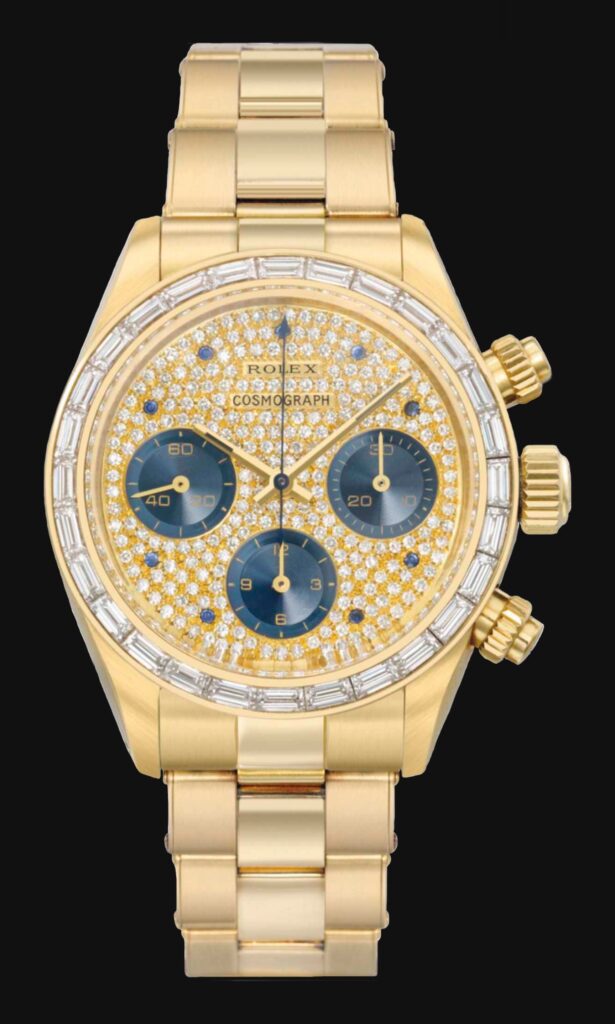
From left to right: references 6269 and 6270.
ourtesy of Hodinkee & Italian Watch Spotter, respectively.
The Rolex Daytona went through two more iterations before it became the watch we are familiar with today. In 1988, Rolex launched three brand new 16500 references featuring an automatic chronograph movement, Caliber 4030, based on the famous Zenith El Primero movement.
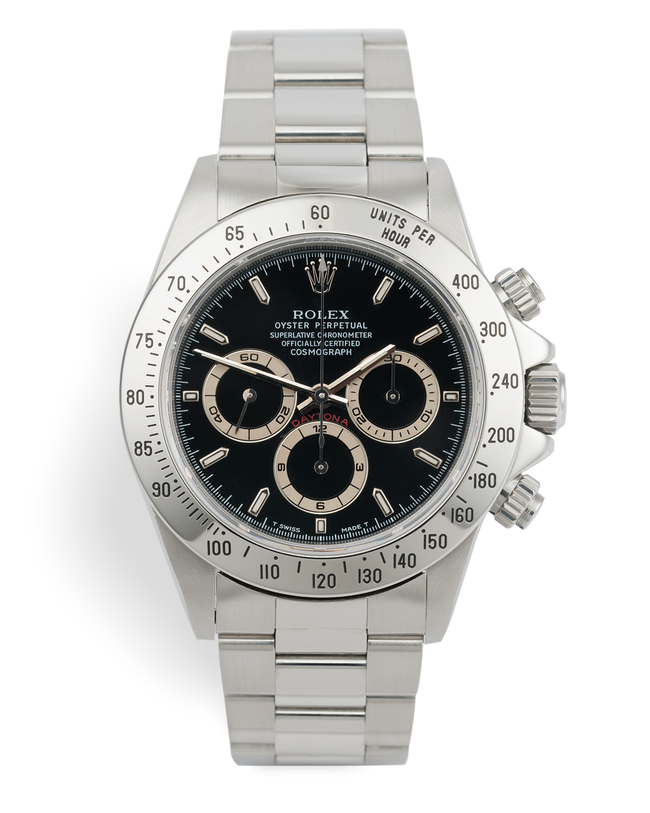

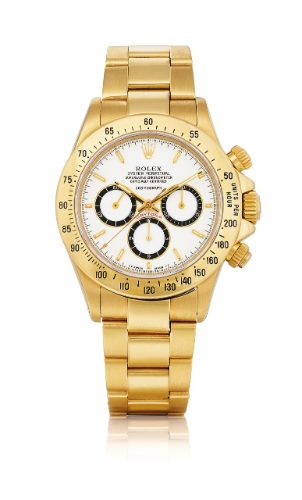
From left to right: references 16520, 16523, and 16528.
Courtesy of Watch Club, Sub GMT, and Sotheby’s, respectively.
Finally, in 2000, Rolex unveiled the new 116500 Daytona references. The references were launched in a variety of metals and dial combinations, but they all featured the new Rolex automatic in-house caliber 4130, which was slightly thinner than the previous 4030. They also relocated the seconds subdial from 9 o’clock to 6 o’clock, and the hours subdial from 6 o’clock to the 9 o’clock position, while increasing the power reserve from 54 to 72 hours.
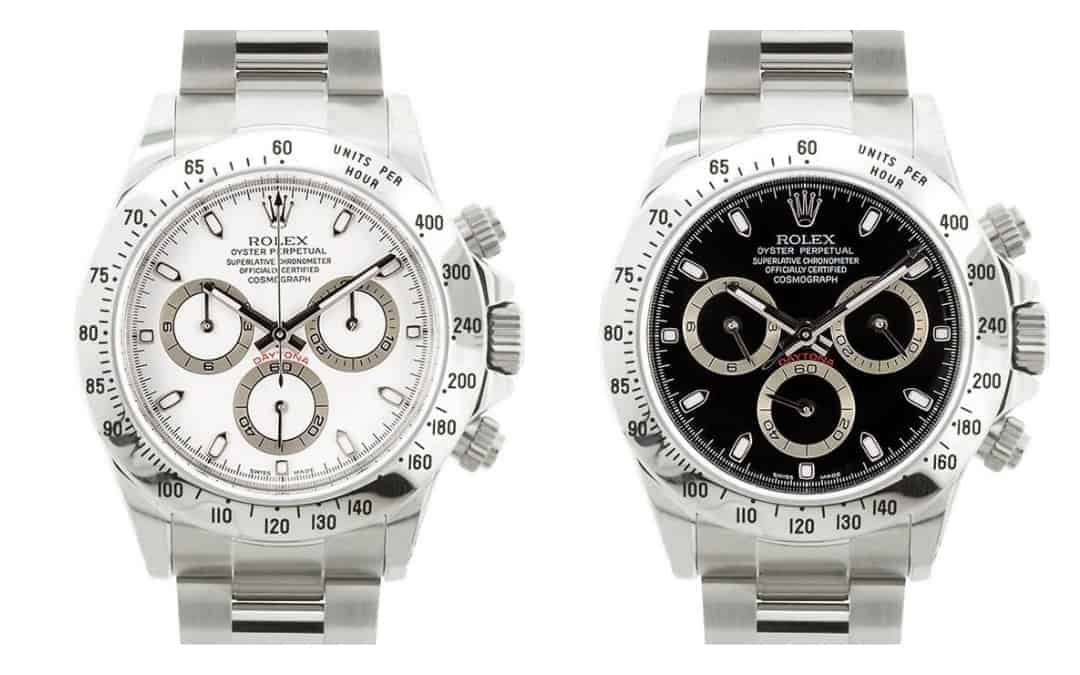
Reference 116500. Courtesy of My Garner Wallace
In 2013, Rolex came full circle, returning the Daytona to its racing roots and firmly cementing its position in racing history by becoming the official watch and global partner of Formula 1 racing.
The Rolex Daytona Sizing Breakdown
While the early Daytona references were housed in a 37.5mm case, the new references introduced in 1988 saw the case size increased to 40mm, with added crown guards and a scratch-resistant sapphire crystal. The 40mm diameter of the Rolex Daytona case has since remained constant.
Materials & Hardware
Since its creation, the Rolex Daytona has been offered in a number of different case materials and dial combinations, including:
- 316L stainless steel
- 904L surgical grade steel
- Platinum
- 14k gold
- 18k rose (Everose), yellow and white golds
Exotic dials made from different materials such as meteorite, chrysoprase, and mother of pearl have also been available over the years. Most recently, the bezel has been updated in 2011 to feature Rolex’s patented Cerachrom ceramic bezel.
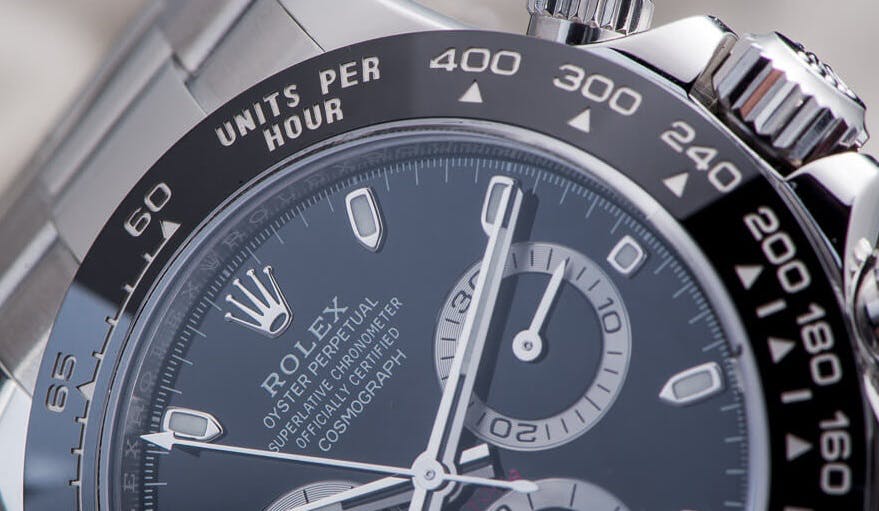
Rolex Daytona & its Cerachrom ceramic bezel. Courtesy of Chrono24
Special Editions & Color Ranges
Rolex is not without a sense of design, elegance, and flair, which is apparent in their novelty offerings of the Daytona. These special editions tend to be made in lower quantities than the standard Daytona, and are highly coveted by collectors and celebrities.
- Leopard Daytona Ref. 116588
- Rolex Daytona Ref. 116598SACO
- Rolex Daytona Ref. 116578SACO
- Rolex Daytona 116598RBOW
- Rolex Daytona Platinum Ref. 116506
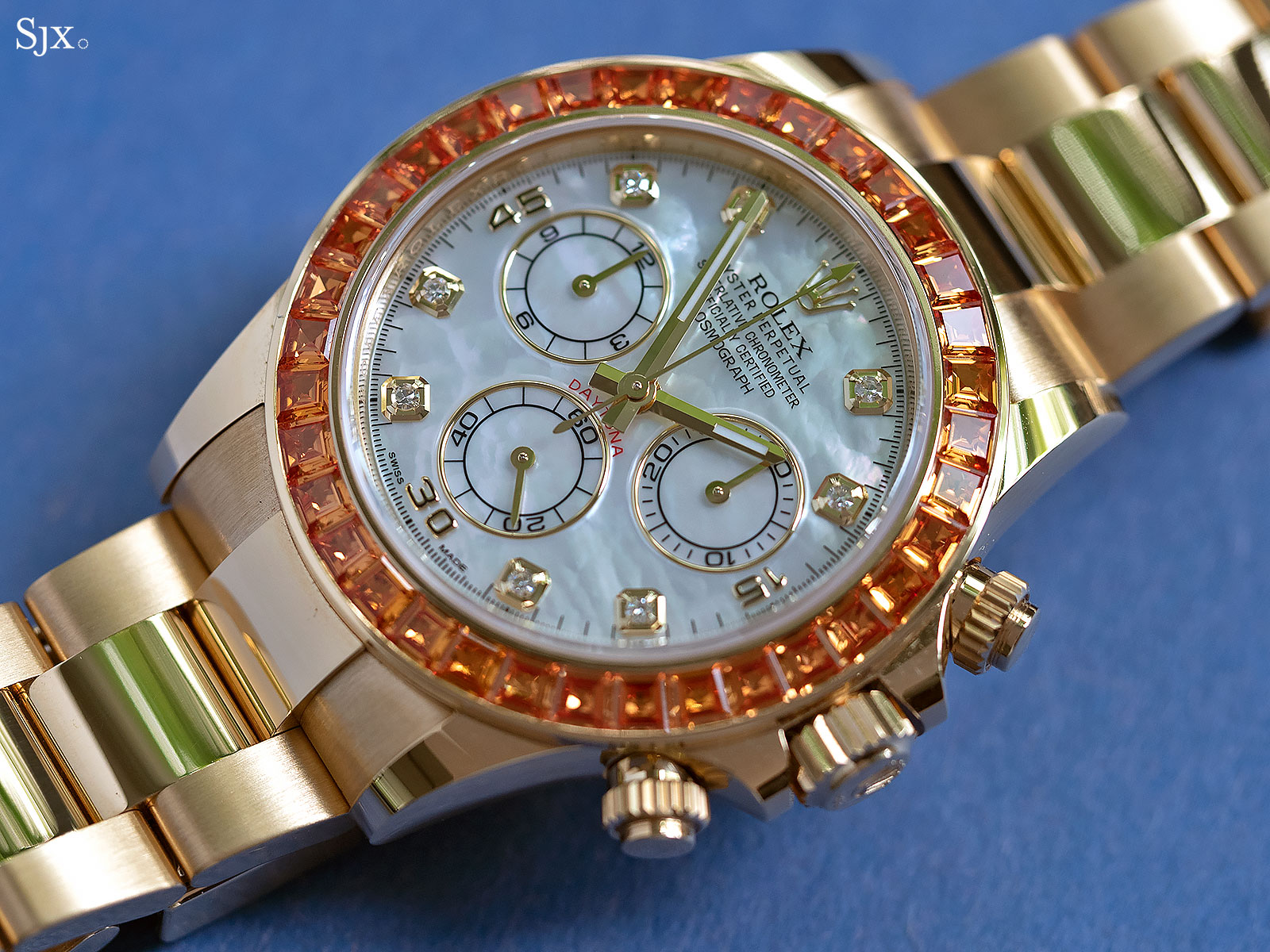
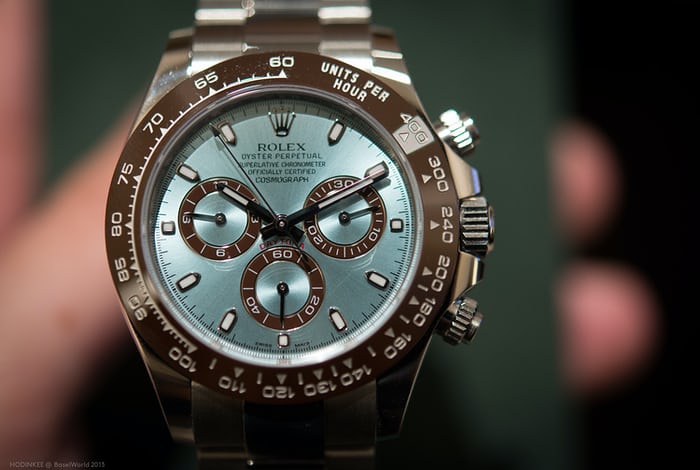
From left to right: references 116578SACO & 116506.
Courtesy of Watches by SJX and Hodinkee, respectively.
The Rolex Oyster Perpetual Cosmograph Dayton is a timepiece that has changed little over the course of its history, and its enduring design of form and function has kept it at the forefront of desirability – a fact born out of the high prices this watch sells for in both auction and the secondary market that few others can match. The Rolex Oyster Perpetual Cosmograph Dayton is both a beautifully made, functional timekeeper and a proven investment piece.

